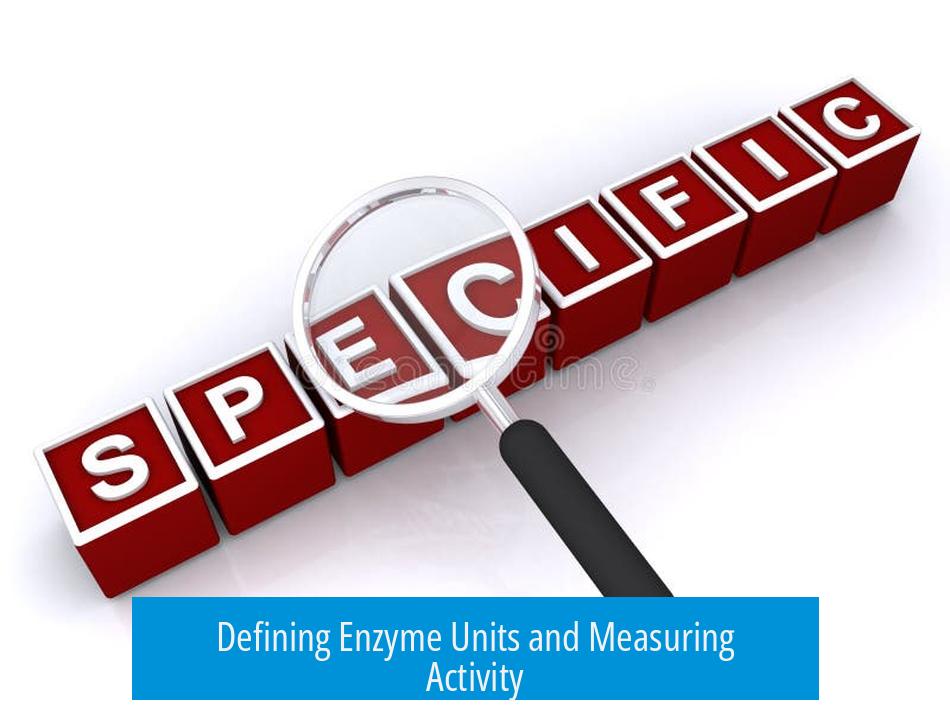Specific Activity in Enzymes: Definition and Importance

Specific activity is a measure of enzyme purity expressed as the amount of product formed per unit time per milligram of total protein. This metric quantifies how active an enzyme preparation is relative to the total protein content. Higher specific activity indicates a purer enzyme sample with fewer contaminating proteins.
Specific Activity as a Purity Indicator
When purifying enzymes, specific activity rises because non-target proteins are removed. This decline in molecular diversity per unit weight raises the relative abundance of the enzyme. The increase in specific activity reflects improved purity, making it a reliable parameter to track purification success.
Trade-Off Between Yield and Specific Activity
Purification procedures generally reduce overall yield as some enzyme molecules are lost. As specific activity goes up, indicating higher purity, the total amount of enzyme recovered typically decreases. This loss occurs because removing contaminants often sacrifices some desired enzyme.
Enzyme Activity Relative to Purity
The enzymatic activity measured per milligram of preparation depends directly on purity. Higher purity preparations ensure more active enzyme molecules per weight unit, increasing measurable activity. Thus, purity directly influences the functional potency of enzyme samples.
Defining Enzyme Units and Measuring Activity

Need for an Arbitrary Unit System
Enzyme units provide a standardized way to express activity despite variations in enzyme mass or purity. Units define an amount of enzyme producing a specified effect (x product formed in time y). This approach allows uniform reporting across labs.
Practical Application of Unit Definitions
After determining activity through assays, one can assign units to enzyme preparations. This enables consistent comparison and use in experiments or industrial processes. Units simplify enzyme usage specifications.
Example: Unit Definition for a Restriction Enzyme
The New England Biolabs (NEB) defines one unit of a restriction enzyme as the amount needed to completely digest 1 μg of λ DNA in 1 hour at 37°C in a 50 μl reaction volume. This standard ensures reproducibility and reliability in enzyme activity measurements.
Implications of Defined Units
Defining units based on complete substrate conversion helps standardize enzyme efficiency. Although arbitrary, this definition offers a practical benchmark to measure and communicate enzyme performance clearly.
- Specific activity measures enzyme purity as activity per total protein weight.
- Purification raises specific activity but reduces total enzyme yield.
- Units standardize enzyme activity for consistent application.
- Enzyme units are defined by arbitrary reaction conditions and substrate conversion.
- Defining units allows reproducible enzyme characterization and comparison.





Leave a Comment